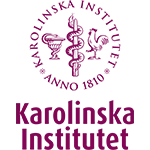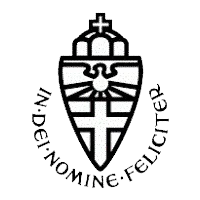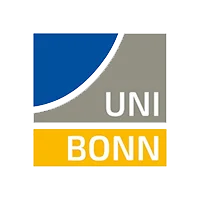Explore the credit course catalogue
8 Results

This course will provide curious students with an overview of the field of nervous system injury and possibilities for repair. We will focus on the cellular pathobiology but have a translational outlook and integrate the clinical perspective. The student will after the course know the basic concepts and recognise relevant research questions in the field. Hence, the student have aquired up to date information and understanding of the problems and possibilities for repairing an injured central or peripheral nervous system.

This course has the main general purpose of connecting two topics, or disease types, which are generally known by the scientific community to be completely distant from each other, such as Infections of the Central Nervous System (Neuro-Infections) and neurodegenerative diseases/dementia.
Students should gain knowledge on the common neuroinflammatory processes and molecular mechanisms of neuronal damage that are common between neurodegenerative diseases and Central Nervous System infections. These learning outcomes reflect the purpose of the course, which is of shedding light into the interplay between dementia/neurodegenerative disease and infections and try to understand the molecular biology that connects these two types of brain disease.

Neuroscience techniques are undergoing a rapid development. These developments open up new possibilities for investigating the brain as a network at various levels. We will introduce a range of advanced techniques which currently are being applied in neuroscience in particular to study brain networks. We aim at covering both the basics of the techniques and how they are applied to address specific research questions.

This course will provide up-to-date insights into the neurobiological basis of language. The course will be given by internationally leading researchers in the field. Students will learn how state-of-the-art methods and approaches are currently being applied, and what are the next big questions for the field.



